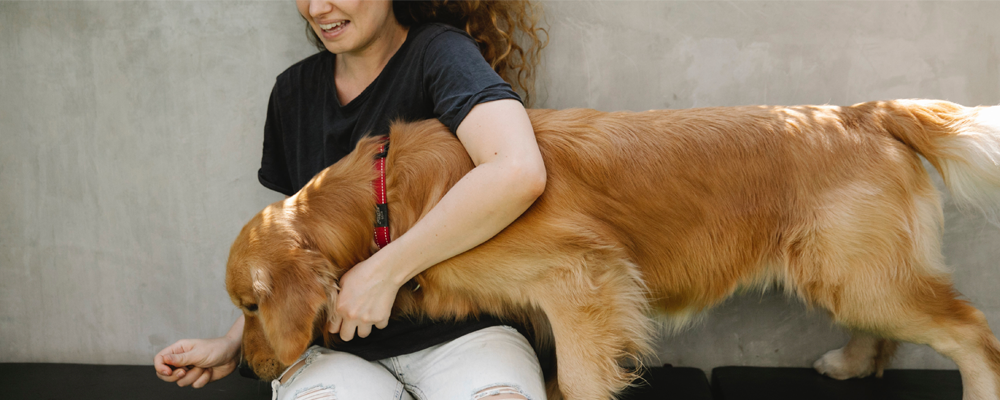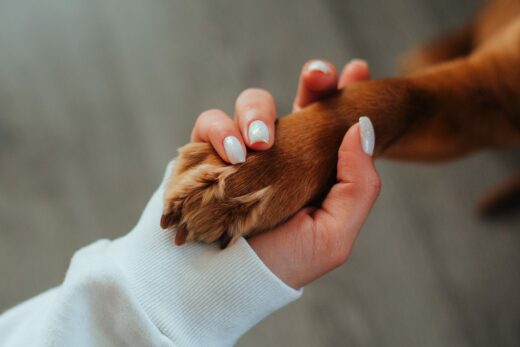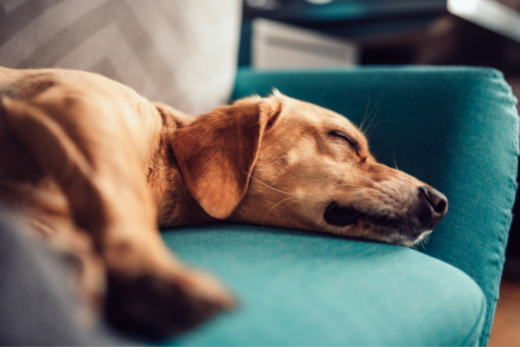
Getting ready to rehome your new rescue dog
So you’ve decided to make the commitment and adopt a new four legged, waggy tailed family member! Whilst this is a really exiting time for you, its important you are prepared for the new arrival.
Where will the dog sleep? What will the dog be fed? Will the dog be housetrained? Should you insure? There’s sure to be so many questions you have and it’s wise to get every bit of history you can from the rescue.
Being prepared can really help you with getting your dog settled in and feeling at home. You probably have visions of fun filled days out with your new best friend. Sadly, the reality is, it’s rare to not encounter a few bumps in the road when it comes to bringing home any dog (be it rescue or a puppy).
3-3-3 rule for rescue dogs
A general rule you can follow is the “3-3-3 rule”: 3 days to decompress, 3 weeks to learn your routine and 3 months to start to feel at home.
Whilst this is generally a good rule to follow, it’s important we recognise that all dogs are different and some may struggle more than others. There are no set rules and each dog will adjust at their own pace.
Picking up your dog
When collecting your dog, ensure the dog has a well fitted collar/harness and lead (or slip lead for additional safety); you don’t want the dog slipping the collar or harness and escaping.
TOP TIP! 🐾
Remember also its illegal to not have a dog tag and to not have your dog secured in the car whilst driving. With the help of the rescue, decide what is the safest option for transporting your dog home.
Welcoming your new rescue dog home!
When you first bring your dog home, allow them to have a good sniff around the area in front of your home before bringing them in. If where you live is busy then maybe your back garden would be a better idea.
TOP TIP! 🐾
Allow your dog to take the time to have a sniff around and investigate or toilet if needed, remember to reward the dog if they go where you want them to use in the future.
It’s hard for us as humans to imagine how overloading it can be for a dog to enter a new home, our world is visual whilst a dogs heavily relies on scent and sound. Once in the home again allow the dog to have a good sniff and investigation of the home.
Remember, starting off on the right foot can make all the difference; don’t get angry at your dog if they have any accidents in the home whilst they are trying to adjust to the new surroundings. For the first couple of months, we would suggest keeping the dog on a long line and supervised whilst in the garden as some dogs are more than capable of scaling 6ft fences.
Making new dog friends
If you already have a dog in the home we would advise firstly doing a few meet and greets at the rescue to see how your dog reacts to the new dog and vice versa. When bringing your new dog home keep your current dog (or dogs) out of the way for the initial investigation of the home by the new dog.
Wait for signs to see that the new dog seems to be a bit more relaxed and seems to be interested in finding and meeting the other dog or dogs in the home. Ensure you have a helper available if you can so you have an extra pair of hands. It may be best to allow dogs to meet on a loose lead in the garden where you can monitor the dogs body language. Move any items such as toys that may cause arguments and don’t feed the dogs in close proximity to each other.
Stress free
The majority of dogs will find the experience quite stressful and its really important for the first few weeks that we keep this in mind so we don’t overwhelm them. We need to avoid over excitement and putting added pressure on the dogs by thinks we might not have considered… Simple things like inviting family members/friends over, bathing the dog or going to the dog park might be too much in this time. The dog needs time to get to know you and the other family members and to feel safe. Trust takes time to build.
Kids & rescue dogs
Teach children to be calm around the dog and not to fuss over them in the first few weeks, never leave children unattended around dogs no matter how good with children the dog may appear to be. Your dog has an entire new routine to figure out where they sleep, when and where they get fed and go the toilet etc. It is ideal to create a nice safe, quiet space where the dog is able to sleep, relax and be left alone.
Doggy language
When dogs are feeling stressed they will give us some fairly obvious signs and some more subtle ones. Signs to look out for are:





